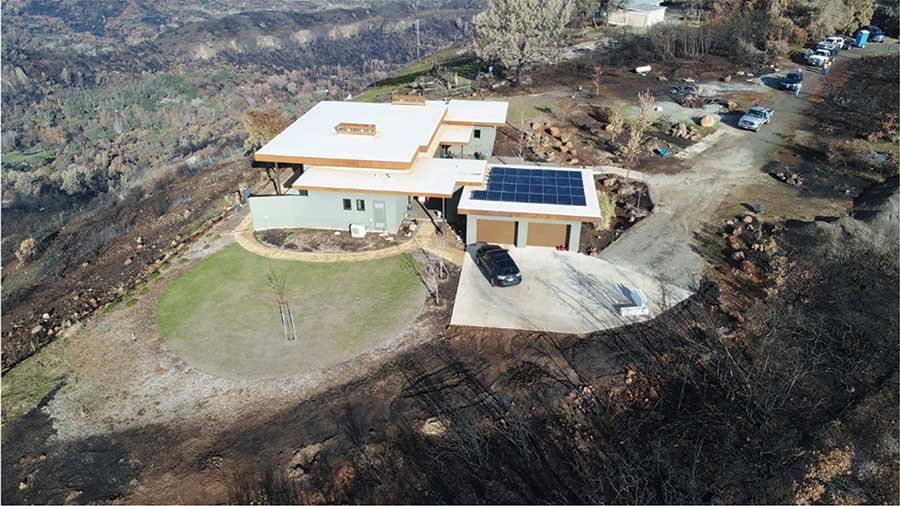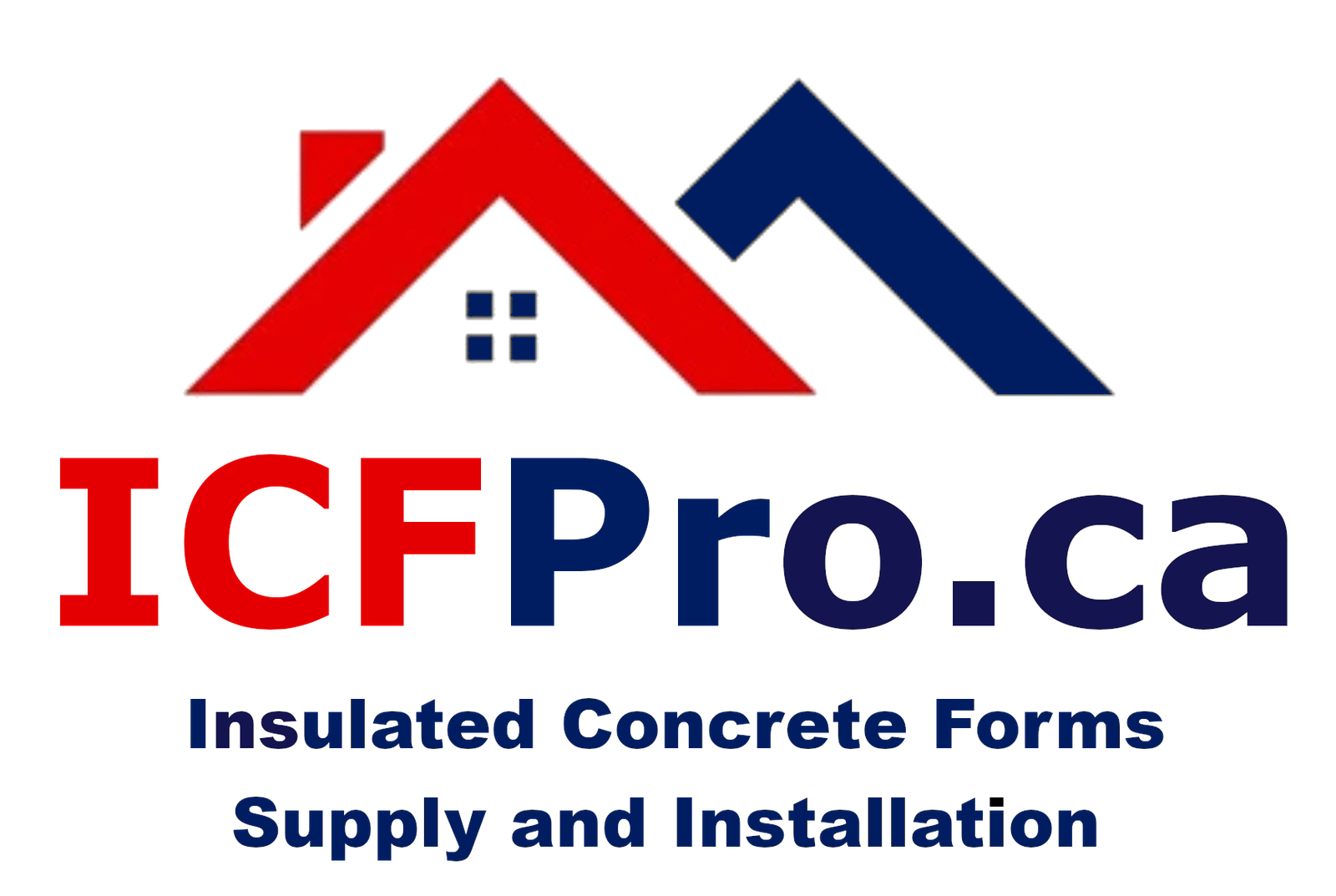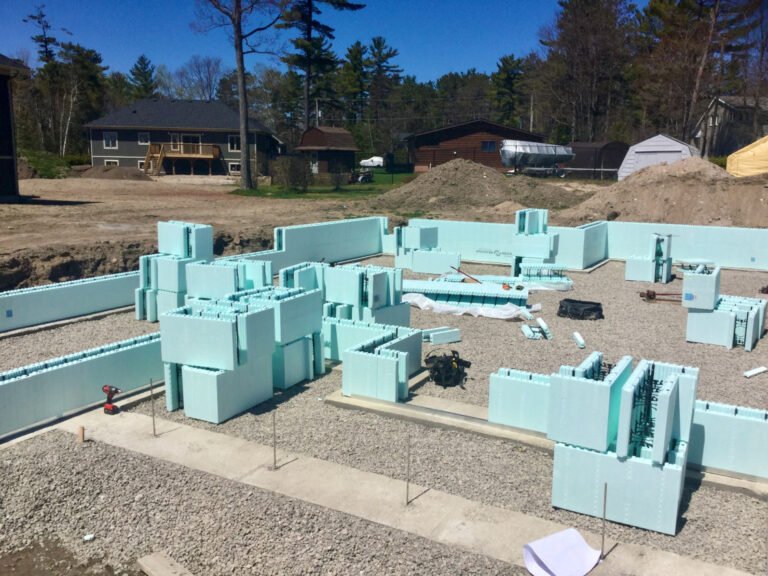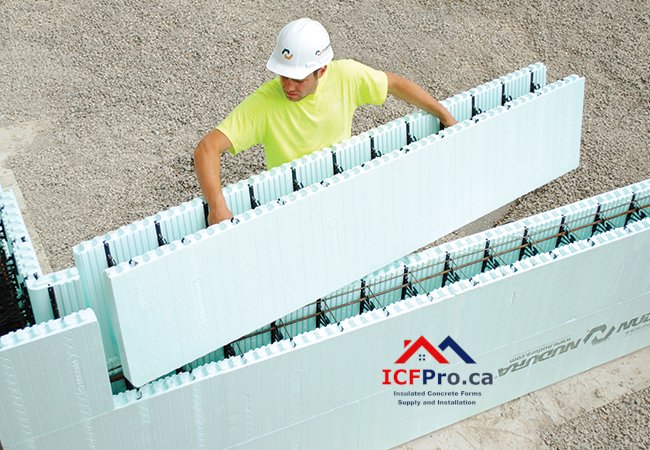ICFPro.ca is a division of ICFhome.ca - Phone 1 866 868-6606 - Direct Line 1 705 533-1633 - Email: info@icfhome.ca
ICF Fire Resistance

The Science Behind ICF Fire Resistance: How It Protects Your Home
In recent years, the growing frequency and intensity of wildfires have made fire-resistant construction more critical than ever. Homeowners in fire-prone regions are looking for building solutions that offer not only strength and durability but also superior fire protection. Insulated Concrete Forms (ICF) have emerged as a top contender in this field, offering unmatched fire resistance that far surpasses traditional building materials.
But what makes ICF so effective in fire protection? This article breaks down the scientific principles behind ICF’s fire-resistant properties, provides real-world case studies, and compares it to other common construction methods to help you understand why it’s a superior choice for fire safety.
Understanding the Fire-Resistant Properties of ICF
Material Composition and Fire Performance
ICF walls consist of two primary components: expanded polystyrene (EPS) foam and reinforced concrete. The combination of these materials creates a structure that performs exceptionally well under high-temperature exposure.
| Component | Fire Resistance Characteristics |
|---|---|
| EPS Foam | Chars rather than melts, creating a protective barrier against flames. Minimal smoke production. |
| Concrete Core | Withstands temperatures up to 2000°F (1093°C) for up to 4 hours, preventing fire spread. |
| Steel Reinforcement | Maintains tensile strength up to 800°F (427°C), ensuring structural integrity. |
Fire Resistance Ratings and Standards
ICF construction undergoes rigorous fire testing to meet and exceed industry standards. The following certifications confirm its effectiveness:
- ASTM E119 – Fire Tests of Building Construction Materials
- UL 263 – Fire Tests of Building Construction and Materials
- NFPA 268 – Ignition Resistance of Exterior Wall Assemblies
- ICC-ES ESR-1147 – Fire Resistance Certification for ICF Systems
According to these tests, a standard 6-inch ICF core can withstand fire exposure for 4 hours or more, a level of protection far superior to wood-framed or even steel-framed structures.
The Science Behind ICF’s Fire Protection
Thermal Mass and Heat Resistance
The dense concrete core of ICF walls acts as a massive thermal buffer, slowing down heat transfer and preventing fire from spreading rapidly.
| Property | Measurement |
|---|---|
| Specific Heat Capacity | 0.185 BTU/lb·°F |
| Thermal Conductivity | 0.95 BTU/hr·ft·°F |
| Heat Capacity | 31.6 BTU/ft³·°F |
These thermal properties mean that even in extreme fire conditions, the interior temperature of an ICF home remains significantly lower than those built with conventional materials.
Chemical Reactions Under Fire Exposure
When exposed to fire, ICF materials undergo protective transformations:
- EPS Foam Charring – The foam chars rather than melting, forming an insulative barrier that slows flame spread.
- Concrete Dehydration – The concrete releases chemically bound water in a process that helps dissipate heat.
- Steel Reinforcement Integrity – Unlike wood, steel reinforcement does not combust, and its strength retention at high temperatures helps maintain structural stability.
Comparing ICF to Traditional Construction
Fire Resistance and Cost Comparison
One of the most significant advantages of ICF is its ability to outperform other construction methods in both fire resistance and energy efficiency. Below is a comparison of different construction types.
| Construction Type | Fire Rating | Cost per Sq Ft | R-Value | Sound Rating (STC) |
|---|---|---|---|---|
| ICF (6″ Core) | 4+ hours | $42 | R-23+ | 50+ |
| Wood Frame | 1 hour | $27-33 | R-13 | 35-40 |
| Steel Frame | 2 hours* | $36-42 | R-11 | 40-45 |
| CMU Block | 3 hours | $33-38 | R-8 | 45-50 |
(*Steel frame requires additional fireproofing for a 2-hour rating.)
While ICF construction has a higher upfront cost, the added protection, energy savings, and structural durability make it a far better long-term investment.
Real-World Case Studies
Case Study #1: Paradise, California Wildfire (2018)
- A single ICF home at 1234 Skyway Road survived when 95% of surrounding structures burned.
- Temperatures exceeded 1500°F (816°C).
- The ICF structure remained intact, with only minor exterior damage.
- Interior temperatures never rose above 82°F (28°C).
Case Study #2: Texas Chemical Plant Fire (2019)
- An ICF office building was exposed to 1800°F (982°C) for 6 hours.
- Unlike nearby steel structures that collapsed, the ICF structure sustained zero structural damage.
- The interior temperature remained stable, preventing damage to critical equipment and documents.
The Financial Perspective: Is ICF Worth the Investment?
Initial Construction Costs
| Component | ICF | Traditional Frame |
|---|---|---|
| Materials | $20-25/sq ft | $12-15/sq ft |
| Labor | $15-18/sq ft | $9-12/sq ft |
| Equipment | $3-4/sq ft | $2-3/sq ft |
| Total | $42/sq ft | $27-33/sq ft |
Long-Term Savings
Beyond fire resistance, ICF offers substantial financial benefits over time:
- Insurance Premium Reductions – Homeowners with ICF structures often receive 15-25% discounts on fire insurance.
- Energy Savings – Thanks to its high R-value, ICF homes use 30-50% less energy for heating and cooling.
- Property Value Increase – ICF homes are valued 8-12% higher than traditional homes.
- Lifespan Extension – Structures last 2-3 times longer than wood-framed homes, reducing replacement costs.
Conclusion
ICF construction provides unparalleled fire resistance, making it an ideal choice for homeowners looking to safeguard their investment. While the upfront cost is higher than wood or steel construction, the benefits far outweigh the expenses. With superior thermal mass, structural integrity under extreme heat, and significant long-term savings, ICF is an investment in safety, efficiency, and durability.
For those living in fire-prone regions, the choice is clear: ICF offers the best protection against the growing threat of wildfires. Choosing this advanced building method means choosing peace of mind, lower long-term costs, and a home that can stand the test of time—even in the face of disaster.



